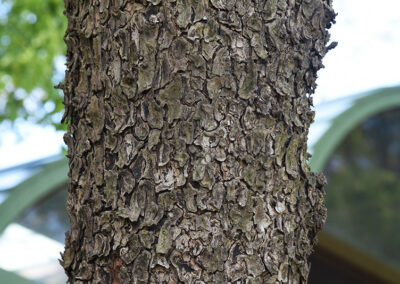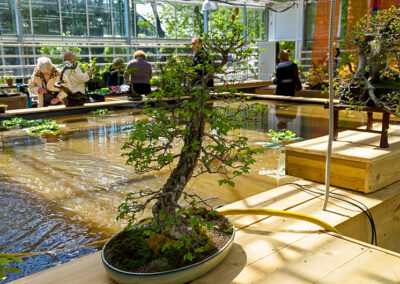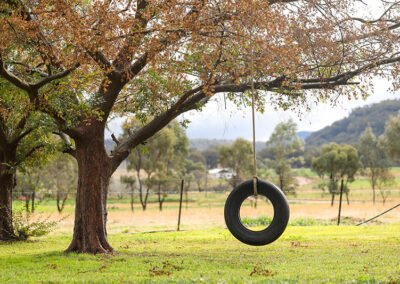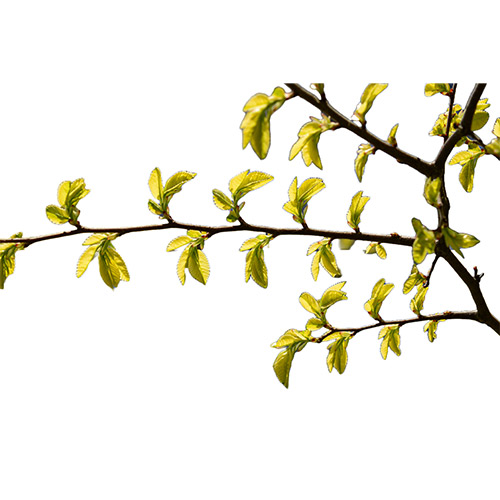
Chinese Elm

Pollen Type: Tree
Cross-Reactivity: Other Elms
HS Allergy Extract: Elm, Chinese or Elm, American
Family: Ulmaceae
Genus/Species: Ulmus parvifolia
Common Names: Chinese Elm, Lacebark Elm
Distribution: Across the eastern United States, from Texas to Florida, Maine to North Dakota, and in parts of seven Canadian provinces.
Locations: Parking lots, small planters along the streets, plazas, or patios. Popular in street or urban areas because of hardiness and shade resistance.
Pollinating Period: January or February in southern latitudes. As late as April in northern latitudes.
Pollination Method: Wind-pollinated
Description: Chinese Elm is native to eastern Asia but is grown in the United States for landscaping or ornamental purposes. It can quickly grow 40’-60’ tall and wide. Its bark is somewhat smooth and features irregular spots of orange, gray, green, and brown. The oval Chinese Elm leaves are 1”-3” long with scalloped serrations and grow alternately on the branches. The upper side is glossy, smooth, and dark green; the underside has tiny hairs. Chinese Elm flowers are simple, small, and difficult to see. They appear in the late summer and are reddish-green. In the fall, flat oval seed pockets (samara) develop. They have oblong, flattened, papery wings, allowing the seed to be wind-dispersed. Chinese Elm has low wind resistance and may become weedy through self-seeding in the surrounding landscapes. Chinese Elm is cross-reactive with other Elm species.




